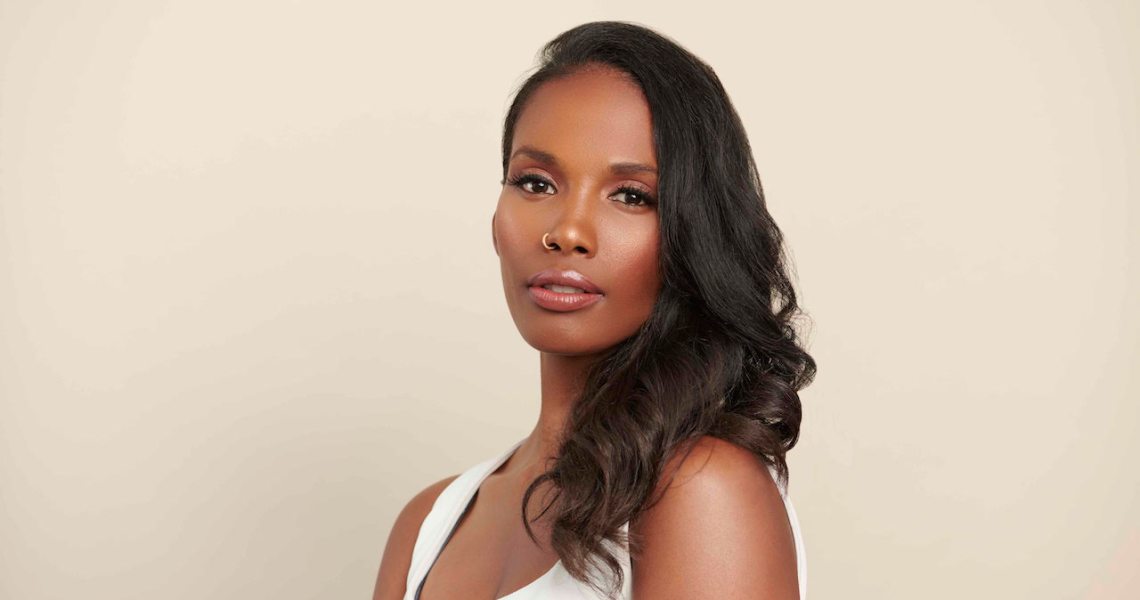When The Lip Bar CEO Melissa Butler decided to launch in Target in 2018, the strategy was focused on providing easy access to her customer base.
“I never really wanted to be in department stores,” she said during the Glossy Beauty Forum on May 4. “We only went after Target” in 2018. “I knew that was the retailer for The Lip Bar at that time,” she said, adding that it was about “driving accessibility and convenience.”
That accessibility became more crucial than ever when the pandemic hit in March 2020, and big-box stores like Target became essential retailers.
“It really came in handy last year when a lot of the smaller boutique retailers were shut down for five months throughout the year, which was an opening for masstige beauty,” she said. “People were going to these big-box stores, getting their groceries, getting their hand sanitizers, getting their cleaning items, but also picking up on their shampoo, on their lipstick, etc. We learned a really valuable lesson, that an omnichannel approach is incredibly important.”
While the makeup category as a whole has declined during the pandemic, The Lip Bar has been able to maintain growth. It’s also doubled down on its big-box distribution strategy by adding Walmart to its retailer lineup in February 2021.
“We’re learning a lot about the Walmart customer” through A/B testing of marketing strategies and assortment, she said. “Our Target customer closely mirrors our DTC customer,” while Walmart shoppers are comparatively young and price-sensitive. But by young, she means millennial, as the core demographic is 25- to 40-years old.“Everyone else can go after the Gen Z, but we want to remain consistent.”
Watch the full Beauty Forum panel session in the video below to learn more about The Lip Bar’s distribution and scaling strategies during a tumultuous year for makeup.
Ad position: web_incontent_pos1


